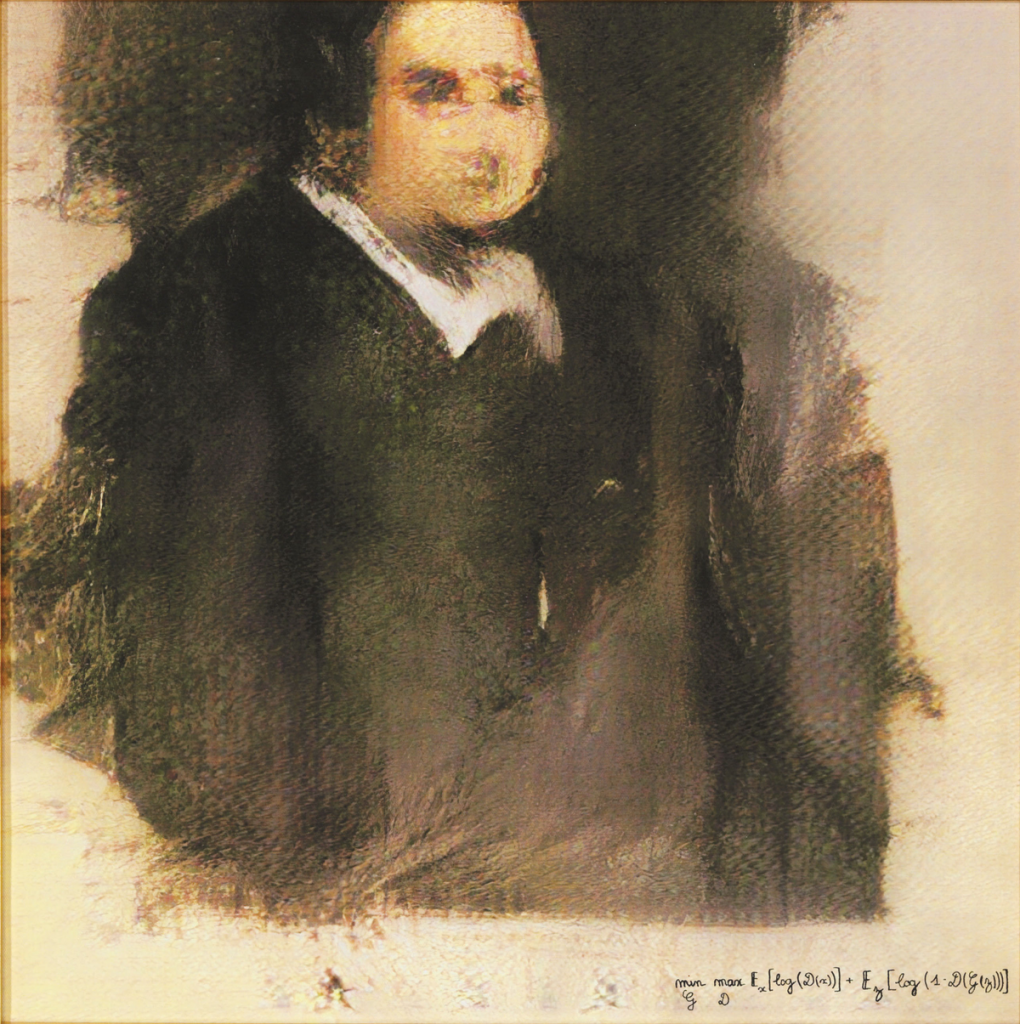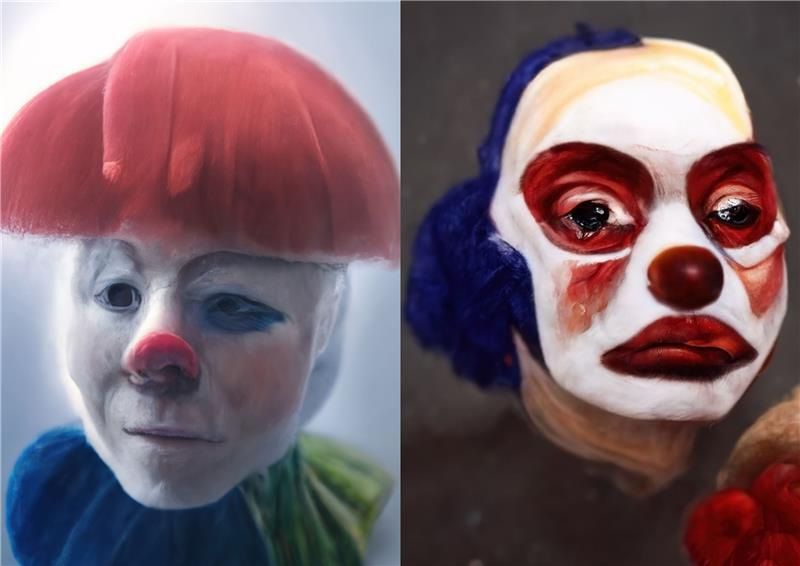A piece of art created by Midjourney has won first prize in the Colorado State Fair’s fine art competition. Théâtre D’opéra Spatial (Space Opera Theatre), in which three women in flowing red and white robes are seen in a large baroque hall, won in the digitally manipulated photography category.

Edmond de Belamy, a blurry portrait of a man in black shirt and white collar sold at auction for $432,000 (£373,541) in 2018. It was expected to fetch $7,000 – $10,000.
The use of AI in the art world is gaining pace and the value of works created using generative adversarial networks is growing significantly. Some tools are said to mimic the work of other artists. US and EU copyright laws to not explicitly cover AI-generated art, so where does this leave us ethically, legally and in terms of copyright?
Tools like OpenAI’s DALL-E have been criticised for exploiting legal uncertainty because they are trained and refined using millions of human artists’ (copyrighted) works. OpenAI claims the images it uses are either licensed or publicly available and that DALL-E 2 generates “unique, original images that have never existed before”.

Edinburgh-based artist and filmmaker Perry Jonsson fed a machine learning algorithm a text prompt to create thousands of images from which he chose his favourites – warped clown faces painted in primary colours, with oily brushstrokes and smudged backgrounds. He has said that he finds it difficult to know whether the data used by AI programmes to create his artwork is rights-free, but he tries to “stay above board”.
“They’re a bit creepy,, but what I loved was the humanity that shone through, and that’s what I was looking for – something that felt like an actual artist might paint.
Perry Jonsson
Is using AI to produce magazine covers, posters and logos going to put commercial creatives out of work? Award-winning 3D graphics artist and film maker and writer on the issue David OReilly warns, “everyone who contributes to AI accelerates their own automation”.
A 2020 World Economic Forum (WEF) study estimated that AI would destroy 85 million jobs by 2025, but create 97 million new ones across a range of industries.
According to Bernt Hugenholtz, a professor of copyright law at Amsterdam University, future lawsuits will hinge on a “very abstract test” – did somebody make a creative choice. Pressing a couple of buttons or giving a neural network a general text prompt will not be enough, he says, but if someone uses a very specific prompt, generates many images, selects from those images, and carries out further edits, that could be considered authorship of something original.
Source: Thomson Reuters Foundation


